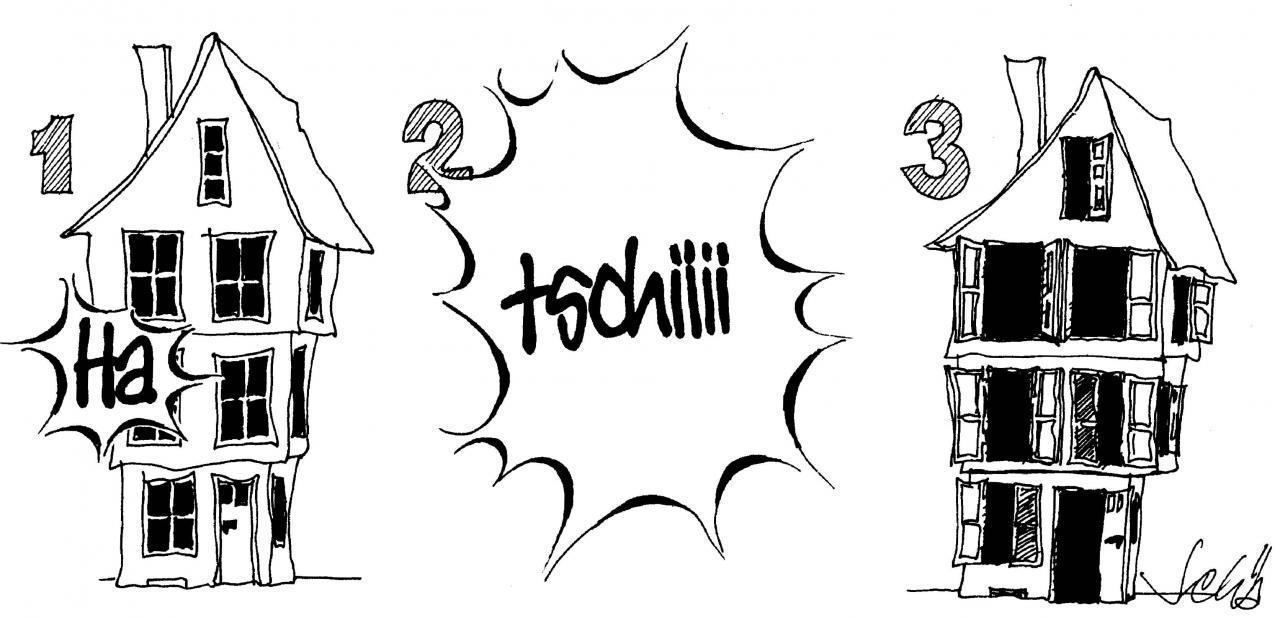Höchst porcelain collections in Kronberger Haus
The Historical Museum Frankfurt laid the foundations for its Höchst porcelain collection as early as the 19th century. Thanks to targeted purchases from the city, private donations and the help of its sponsoring society, the Historisch-Archäologischen Gesellschaft e.V., the museum has been able to build up an extensive systematic collection of Höchst faiences and porcelain.
At first, it was mainly crockery that ended up in the museum, as it was cheaper to acquire and because around two thirds of Höchst products from the 18th century were made up of vases and service sets. In 1910, the city’s porcelain collection received its largest and most valuable addition. At the time, the Historisches Museum Frankfurt acquired 86 important Höchst porcelain groups from the estate of late Mainz banker Oppenheim with the approval of the city magistrate and the help of the supporting society.
In 1931, the porcelain collections of Frankfurt experienced a significant setback, as Adolf Feulner, director of the Historisches Museum Frankfurt and the Frankfurter Kunstgewerbemuseum at the time, combined the porcelain collections of the two museums, had them rearranged and had some Höchst porcelain and Damm stoneware figures sold from the old collection. Unfortunately, not only duplicates ended up in the art trade, but also individual one-offs.
The porcelain collection survived the Second World War almost unscathed. Since the 1950s, other pieces found their way to the museum through purchases, donations or legacy. A special thanks is owed to Kurt Bechthold’s 1997 donation and the donation by Sanofi Aventis Deutschland GmbH in 2009. Thanks to these generous gifts, the Höchst porcelain collection of the Historisches Museum Frankfurt is considered the largest and most significant of its kind.
However, people were not only aware of the porcelain tradition in Frankfurt, but also in Höchst. As early as 1894, the “Verein für Geschichte und Altertumskunde Frankfurt-Höchst” (Association for History and Archaeology Frankfurt-Höchst) planned its own porcelain museum and compiled a top-class porcelain collection, which visitors will soon be able to see in Kronberger Haus.
In 1927, the city of Höchst ordered an entire, newly formed set of all preserved Höchst models from the porcelain factory “Dressel, Kister & Cie” in Passau, even before becoming part of Frankfurt. Today, the “Old Höchst reproductions” – of which there are around 350 pieces – are still exhibited in the festively decorated rooms of the Bolongaropalast and are being scientifically supervised by the Historisches Museum Frankfurt.

